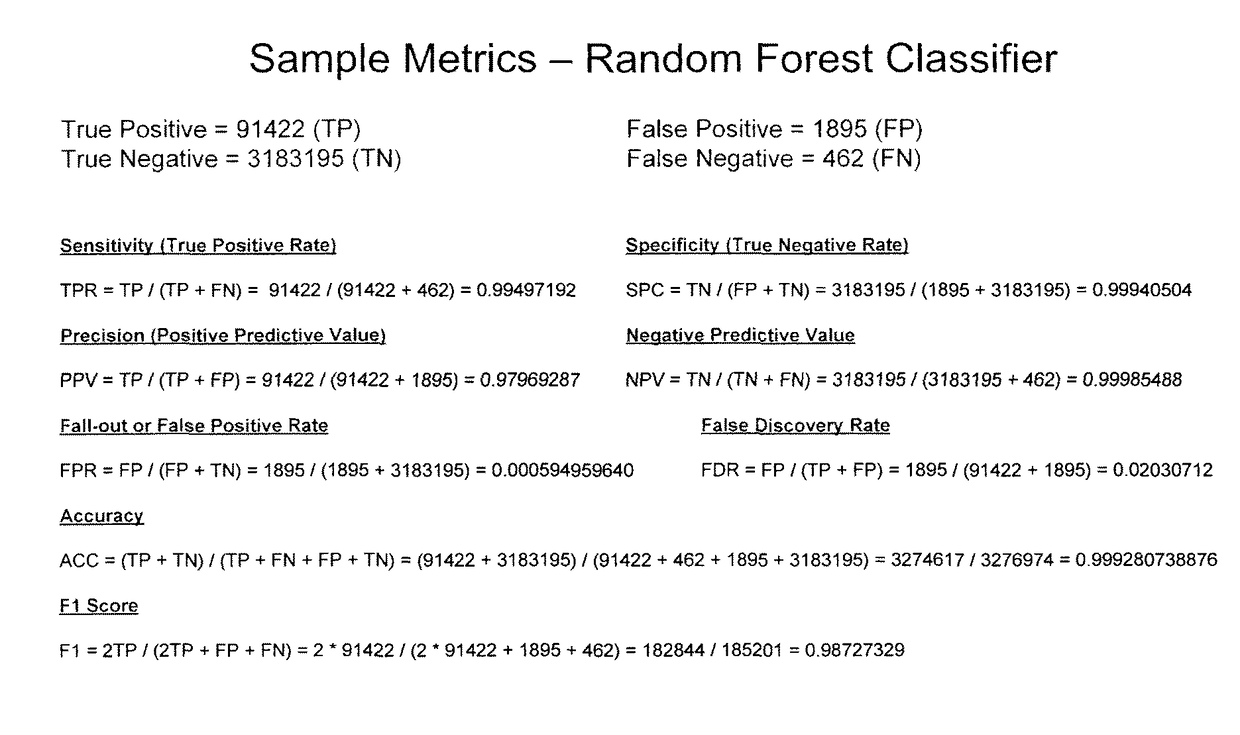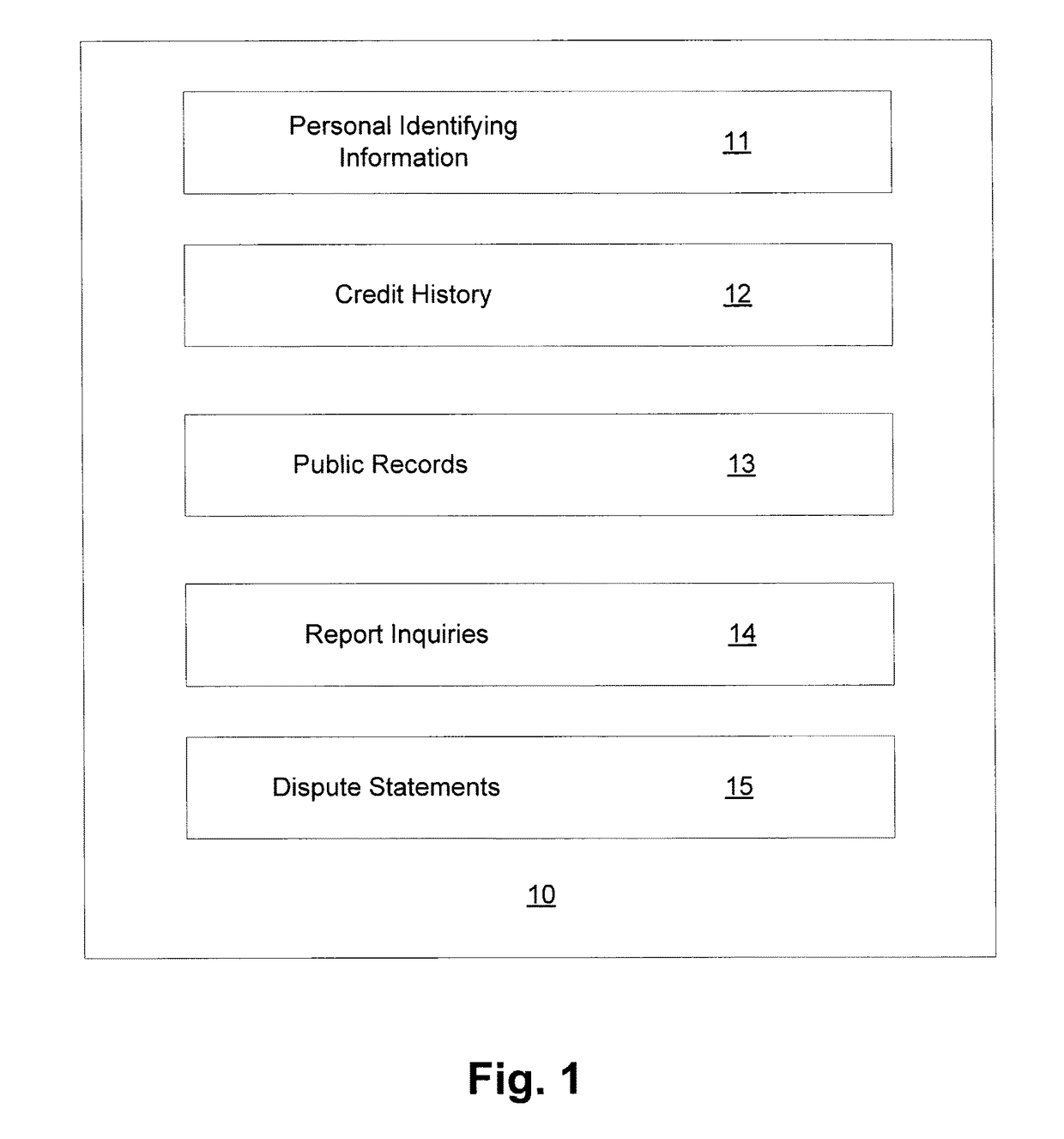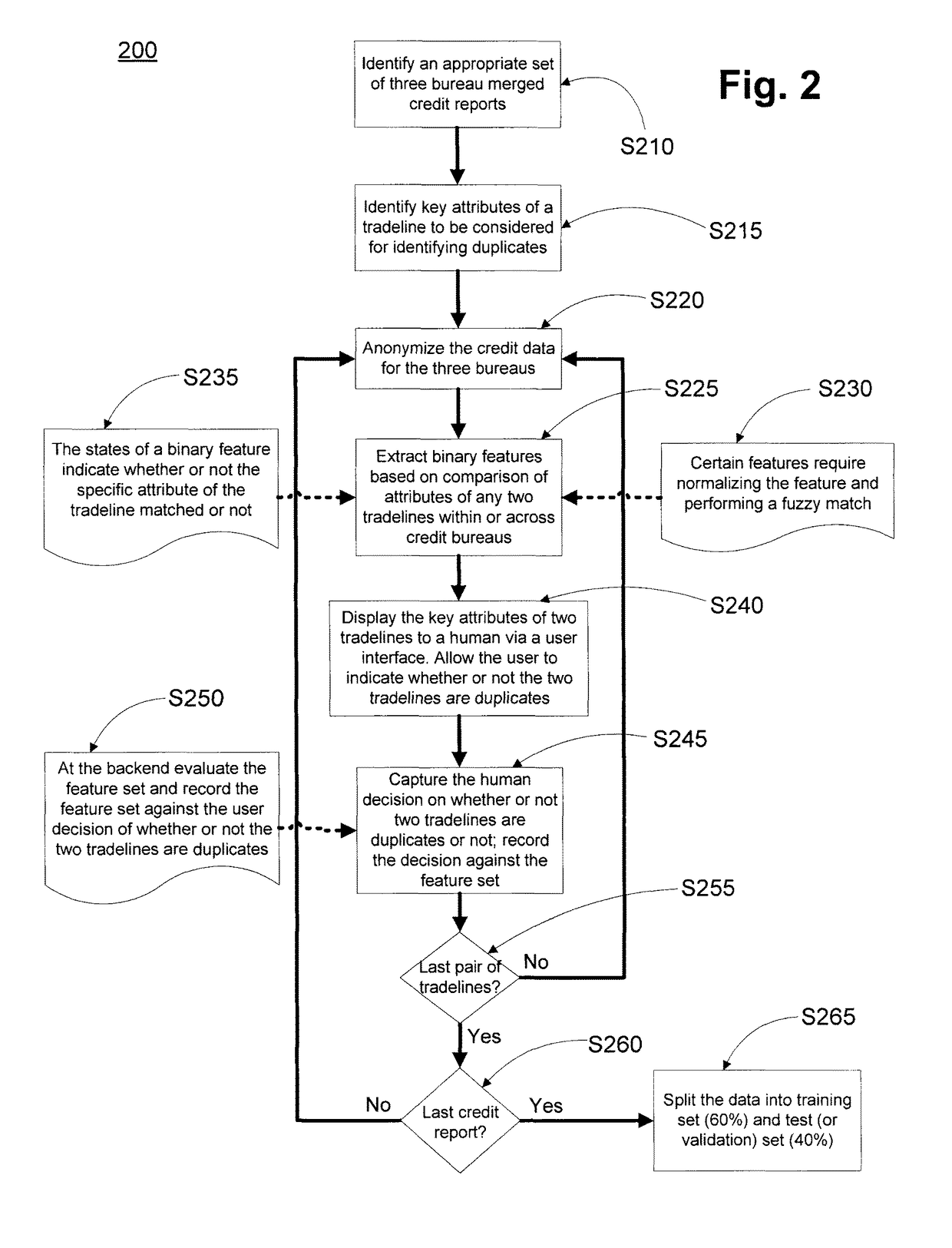Supervised machine learning of data de-duplication
a machine learning and data deduplication technology, applied in the field of supervised machine learning methods, can solve the problems of data being completely dropped among the volume, data being retained or other data, and wasting resources looking for useful data in an electronic warehouse of non-useful and/or duplicate data,
- Summary
- Abstract
- Description
- Claims
- Application Information
AI Technical Summary
Benefits of technology
Problems solved by technology
Method used
Image
Examples
Embodiment Construction
[0040]Merging of data can occur in two stages, wherein one stage is within an organization and another stage is across different organizations. In addition, each stage attempts to identify duplicate entries of data, blend the data, and eliminate duplicate entries of data.
[0041]Merging of data, including de-duplication of data can be used in many different types of industries in order to organize and streamline data to make it more useful. Those industries include, but are not limited to financial markets, credit bureau reporting, file archiving, indexing, census reporting, inventories, and research.
[0042]In a credit bureau merged report, multiple bureau reports are merged into a single report to be more useful and compact for such purposes as financial lending and investment. However, several short comings exist with current trade line comparison methods and systems as described above. The current trade line comparison methods and systems follow explicitly programmed instructions, r...
PUM
 Login to View More
Login to View More Abstract
Description
Claims
Application Information
 Login to View More
Login to View More - R&D
- Intellectual Property
- Life Sciences
- Materials
- Tech Scout
- Unparalleled Data Quality
- Higher Quality Content
- 60% Fewer Hallucinations
Browse by: Latest US Patents, China's latest patents, Technical Efficacy Thesaurus, Application Domain, Technology Topic, Popular Technical Reports.
© 2025 PatSnap. All rights reserved.Legal|Privacy policy|Modern Slavery Act Transparency Statement|Sitemap|About US| Contact US: help@patsnap.com



